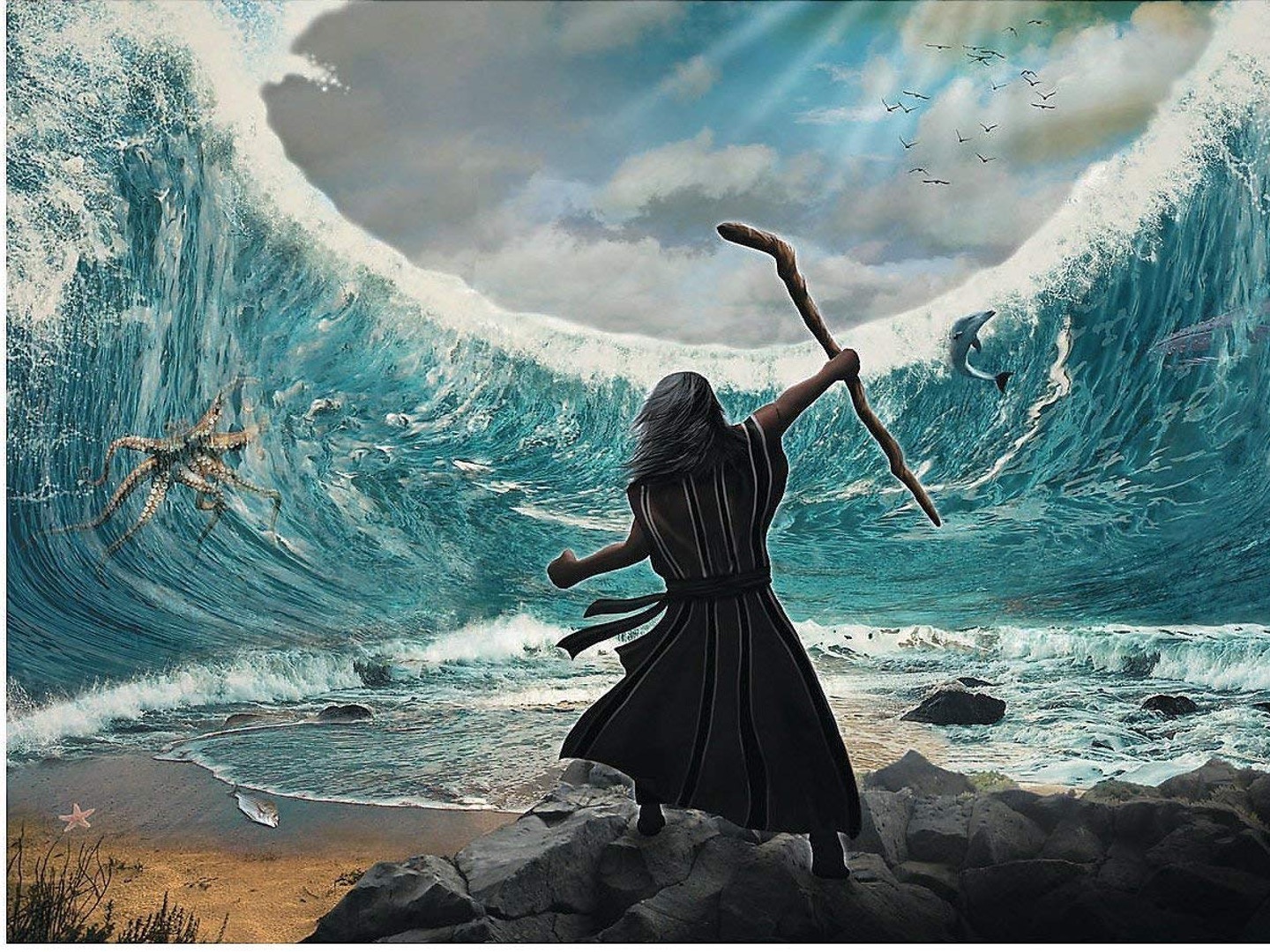

When there is an incident, witnesses are gathered and evidence gleaned. Occasionally those accounts differ but why? Do we recall the story when the Israelites were escaping Egypt and they travelled through the Red Sea, or was it the Sea of Reeds – what happened?
The passage is from Exodus 14:19-31 but it can be read in two difference ways. How so? Well we have a multitude of possible ‘authors’ giving their account or his-story.

but this other account, which dovetails nicely into our standard text, reads:

What did you think of that skirmish?
Who do you believe, given that when merged together, they are from the authorised version of the Bible?
This is a story from the Jewish Torah, which tells of the dilemma for Israelites and Egyptians. Do the Israelites chose God and find life, or do the Egyptians pursue the opposite of God’s will, keeping enslaving the other?
But there is another dilemma for us. The book of Exodus, as was most of the Pentateuch, the first 5 books of the Torah, was written by at least 4 different authors. Here we have what’s known as the Yahwist and the Priest in a battle. If we looked at this in greater details we might also be confused whether we are crossing the Red Sea or the Sea of Reeds – different locations. [Here is an extract from ‘The Exodus Route‘: In trying to locate the crossing point of the Red Sea, we need to follow closely what the Bible says. Of course the actual crossing point needs to be possible, logical and harmonize with scripture. For example, crossing a shallow freshwater lake like the Bitter Lakes, where winds merely blew the water away, creates a problem for how the Egyptian army would be drowned. On the other hand, a crossing through the centre of either the Gulf of Suez or Gulf of Aqaba where the water is often 1800 meters deep, easily explains the drowning of the army, but creates a problem in actually getting one million men, women, children and livestock to negotiate the steep 60 degree downward slope to the bottom almost a mile deep, then back up the other equally steep side.]

What was the point of the story?
The Priestly account is extolling the Warrior God, and God’s power over Pharoah. There’s blood and bodies floating everywhere – it’s the stuff that films are made of, and possibly what we generally recall.
The Yahwist account is one where God’s power is highlighted and evident, but no blood and gore. The focus is upon that the Israelites chose God’s path and found life.
Possible conclusion
It might indicate that this story from the Hebrew Scriptures has a message for us. We can get stuck into the detail and try to focus upon what the other person is doing, beyond our control; or we remain focussed upon God, and seek to do what is in our control.
There is no need to cause carnage on Shawlands Road, or separate the Rivers Clyde or White Cart on your way home. Confrontations will occur, how we decide to resolve them is up to us. Seek God’s path, do what is within our control, or just try to do everything ourselves, and possibly find ourselves bloodied and battered. It’s our choice.
I found the dialogue interesting and I enjoyed it